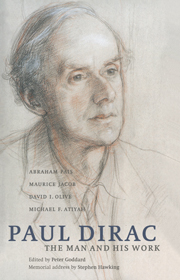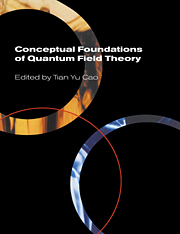The Theory of Sound
John William Strutt, third Baron Rayleigh (1842–1919) was an English physicist best known as the co-discoverer of the element argon, for which he received the Nobel Prize in Physics in 1904. Rayleigh graduated from Trinity College, Cambridge, in 1865 and after conducting private research was appointed Cavendish Professor of Experimental Physics in 1879, a post which he held until 1884. These highly influential volumes, first published between 1877 and 1878, contain Rayleigh's classic account of acoustic theory. Bringing together contemporary research and his own experiments, Rayleigh clearly describes the origins and transmission of sound waves through different media. This textbook was considered the standard work on the subject for many years and provided the foundations of modern acoustic theory. Volume 1 discusses the origin and transmission of sound waves in harmonic vibrations, the vibrations of bars, stretched strings, plates and membranes, through mathematical models and experimental discussions.
Product details
June 2011Paperback
9781108032209
344 pages
216 × 140 × 20 mm
0.44kg
53 b/w illus.
Available
Table of Contents
- Preface
- 1. Sound due to vibrations
- 2. Composition of harmonic motions of like period
- 3. Systems with one degree of freedom
- 4. Generalized co-ordinates
- 5. Cases in which the three functions, T, F, V are simultaneously reducible to sums of squares
- 6. Law of extension of a string
- 7. Classification of the vibrations of bars
- 8. Potential energy of bending
- 9. Tension of a membrane
- 10. Vibrations of plates.






